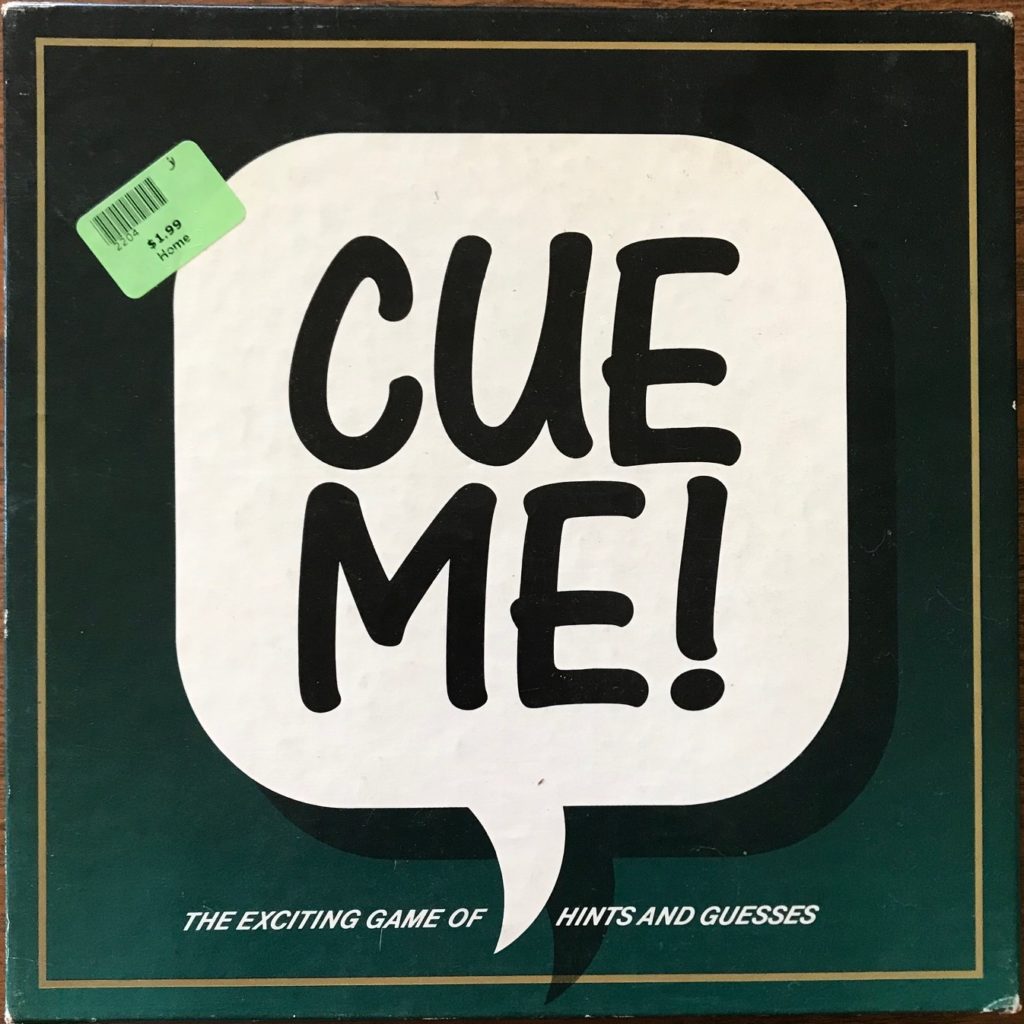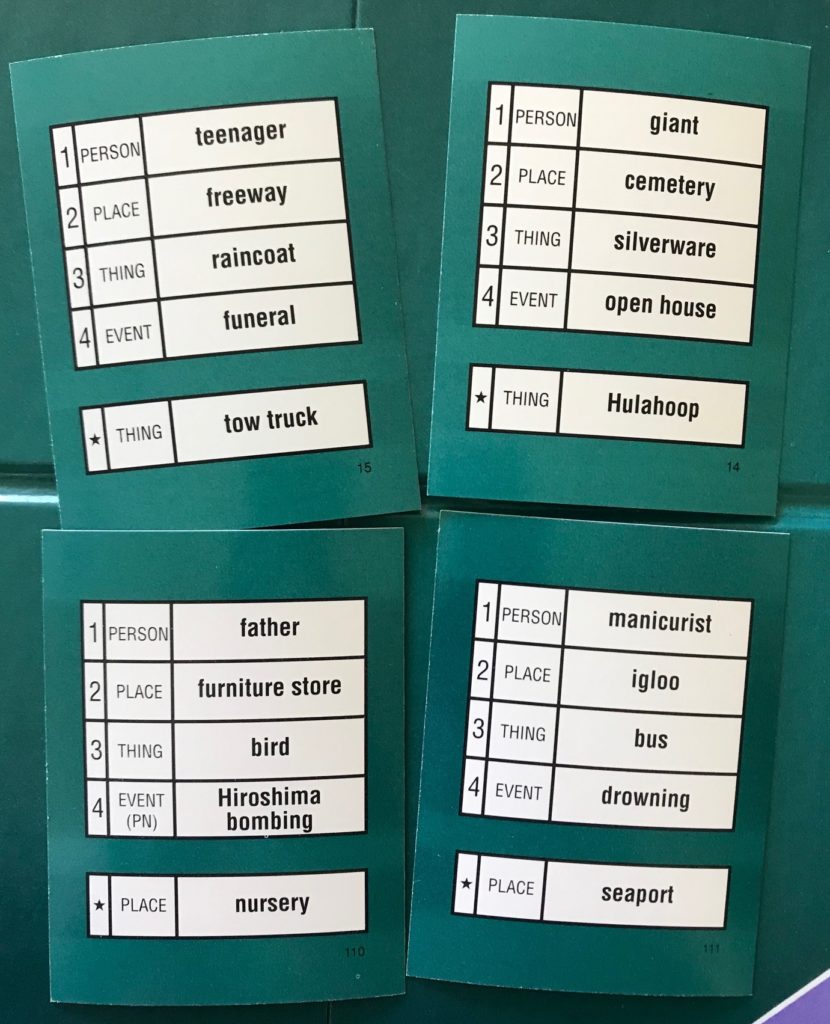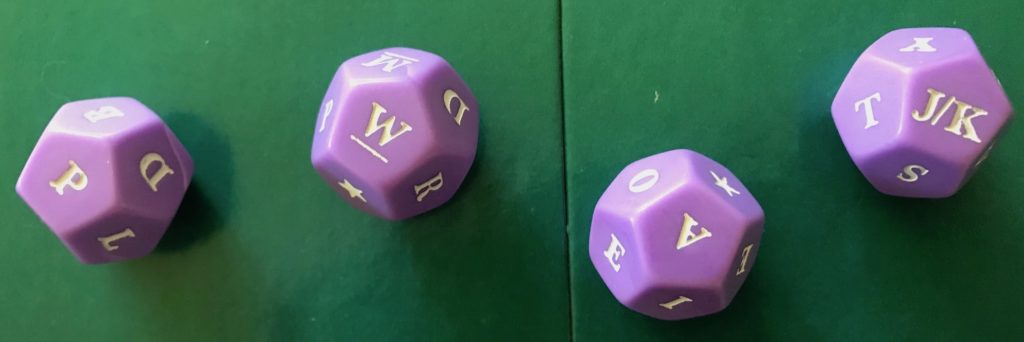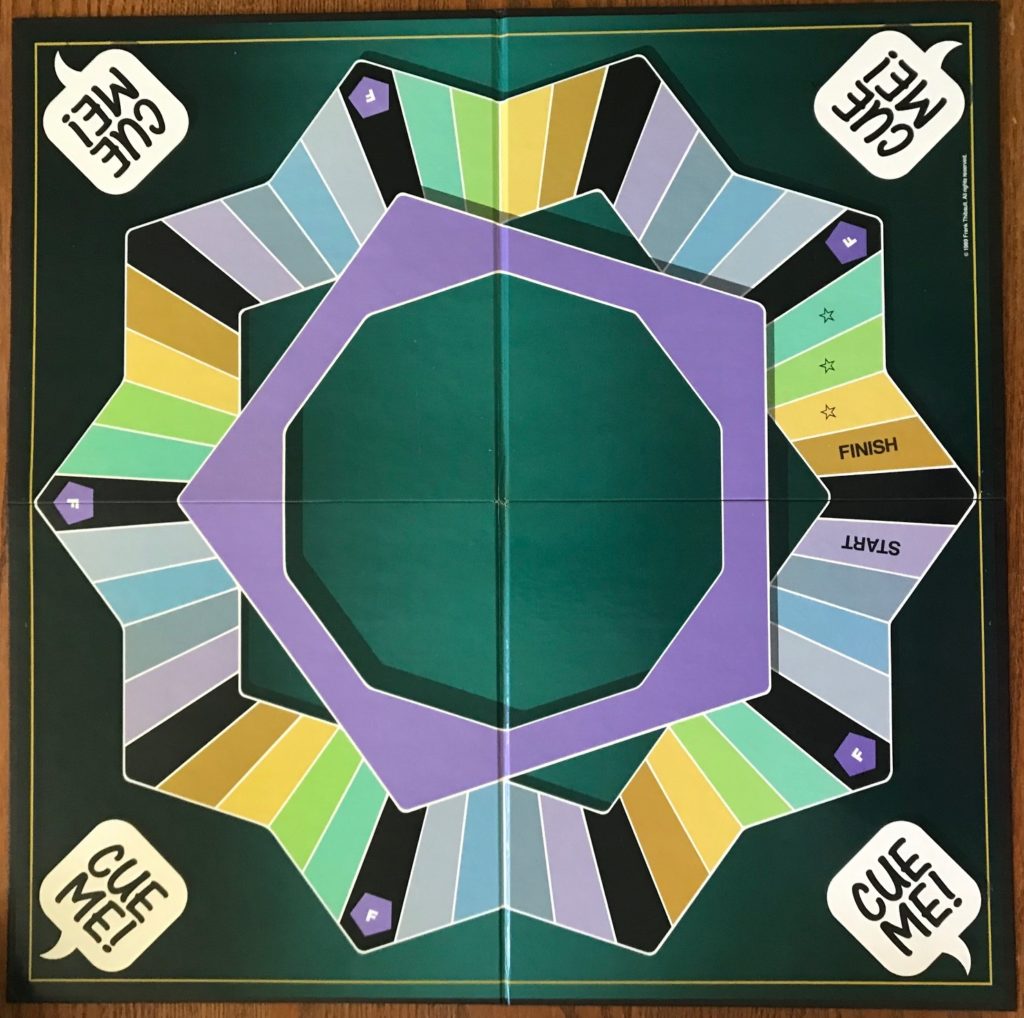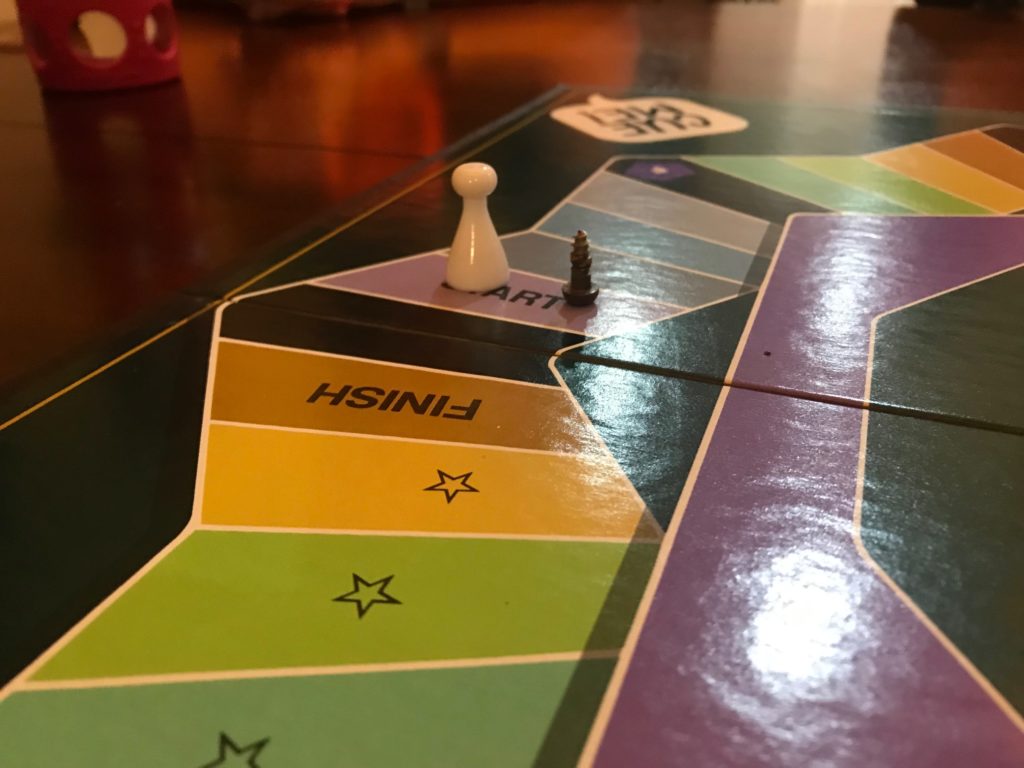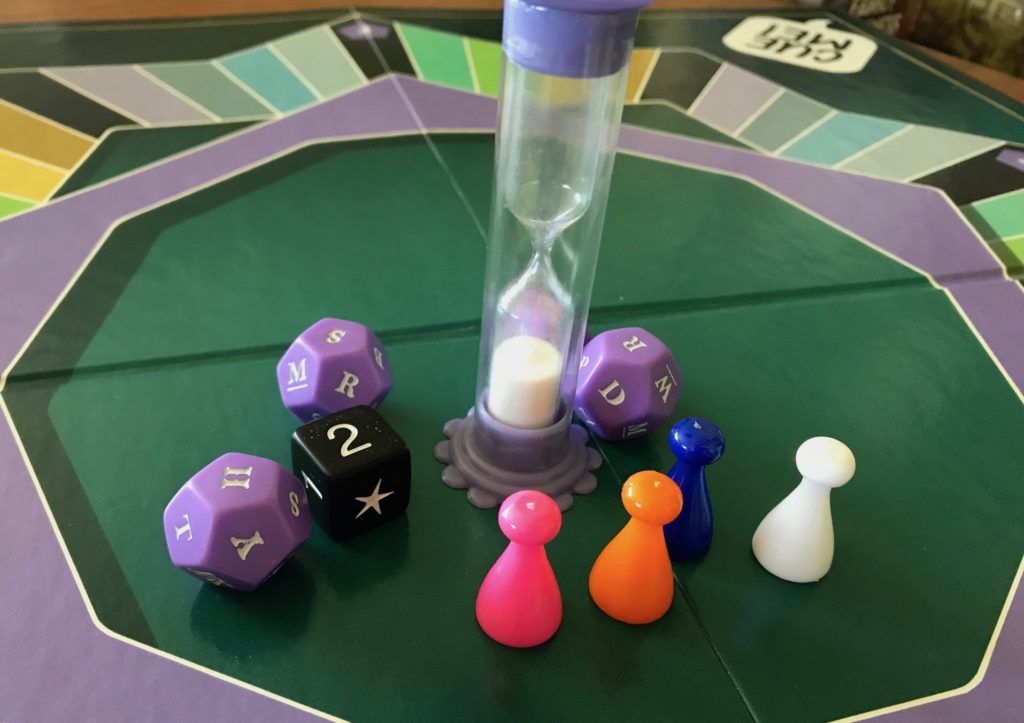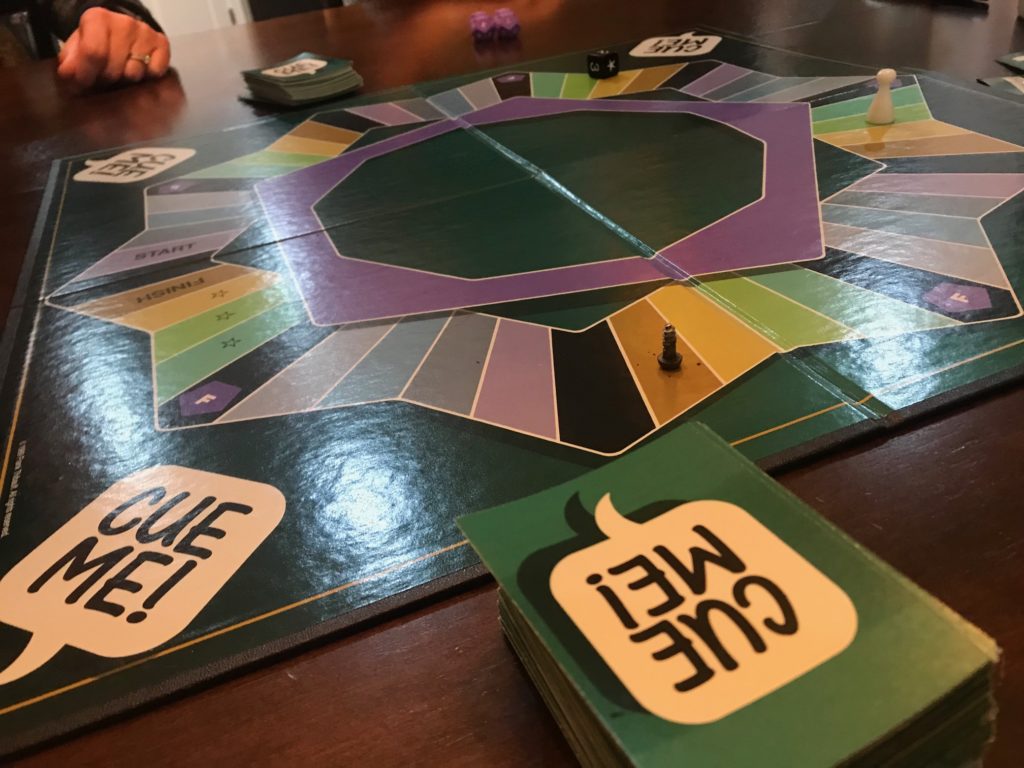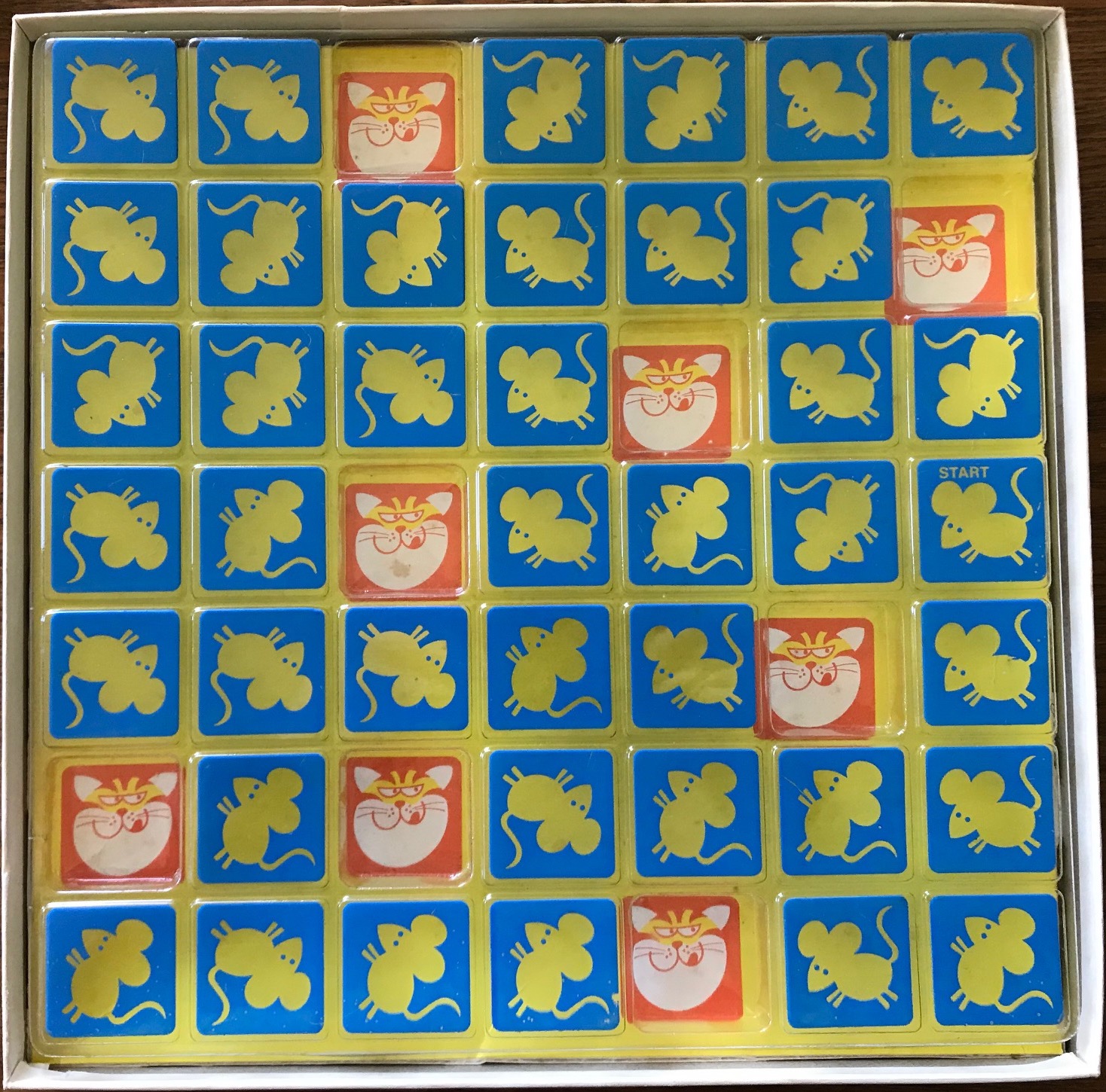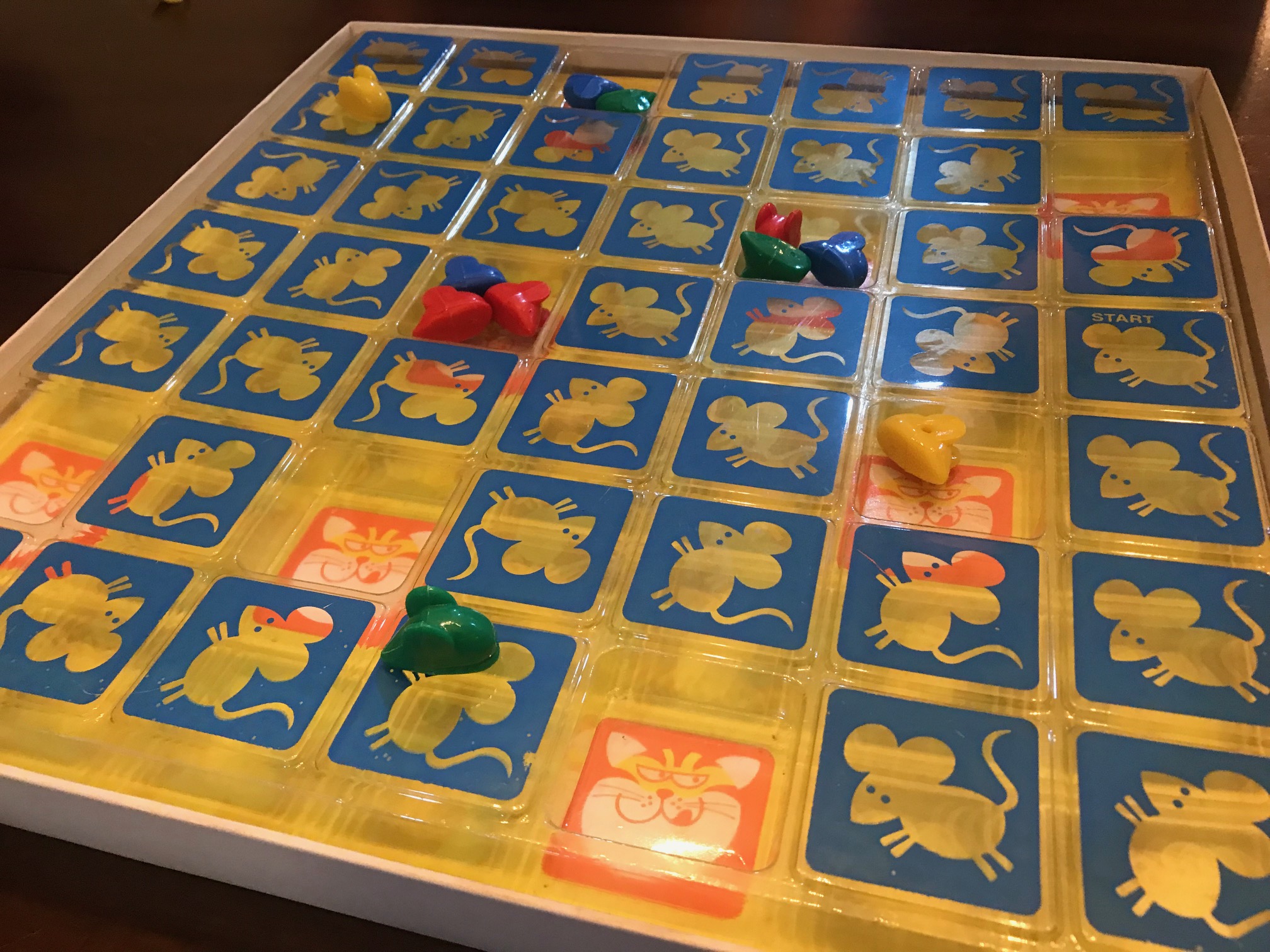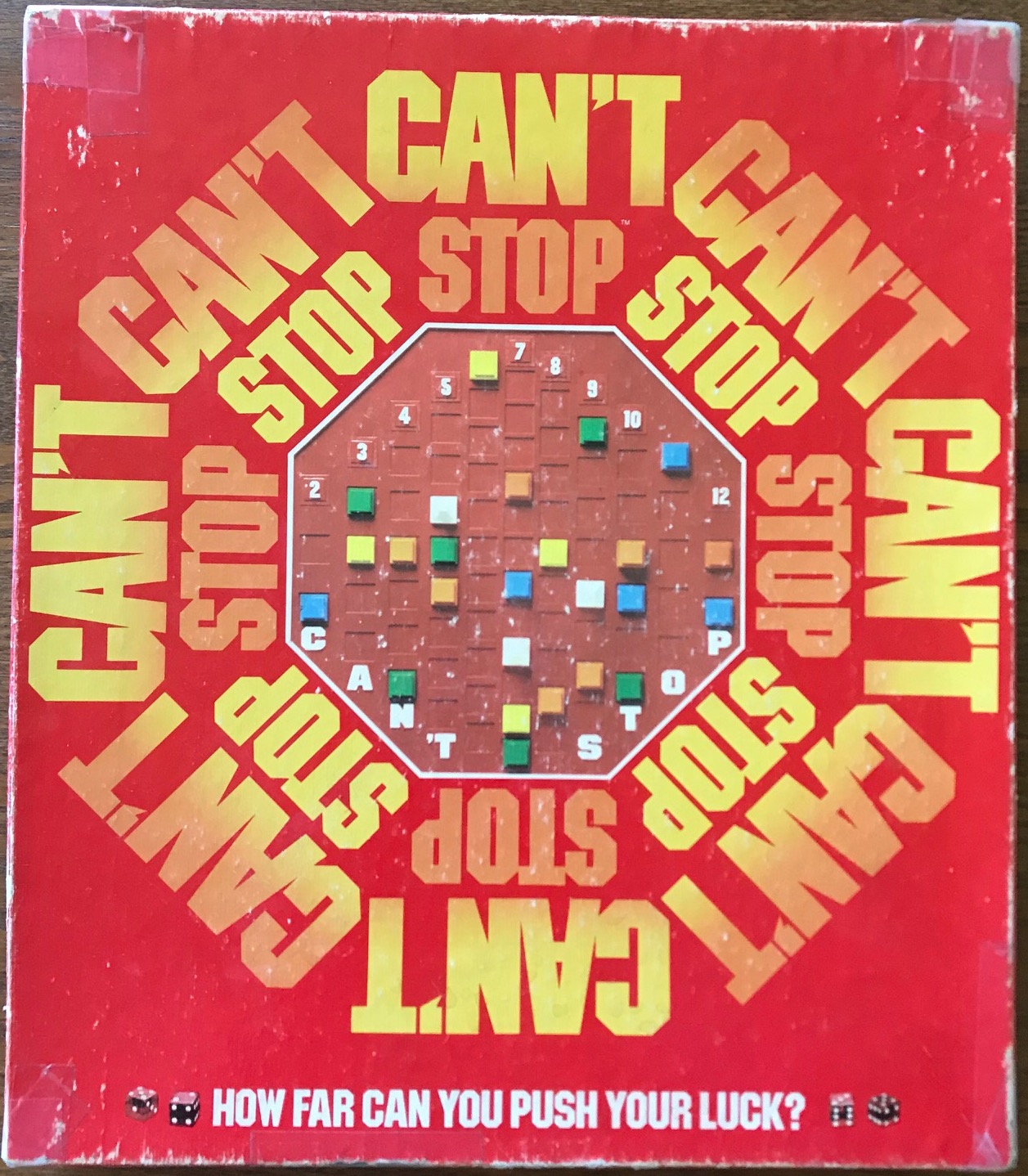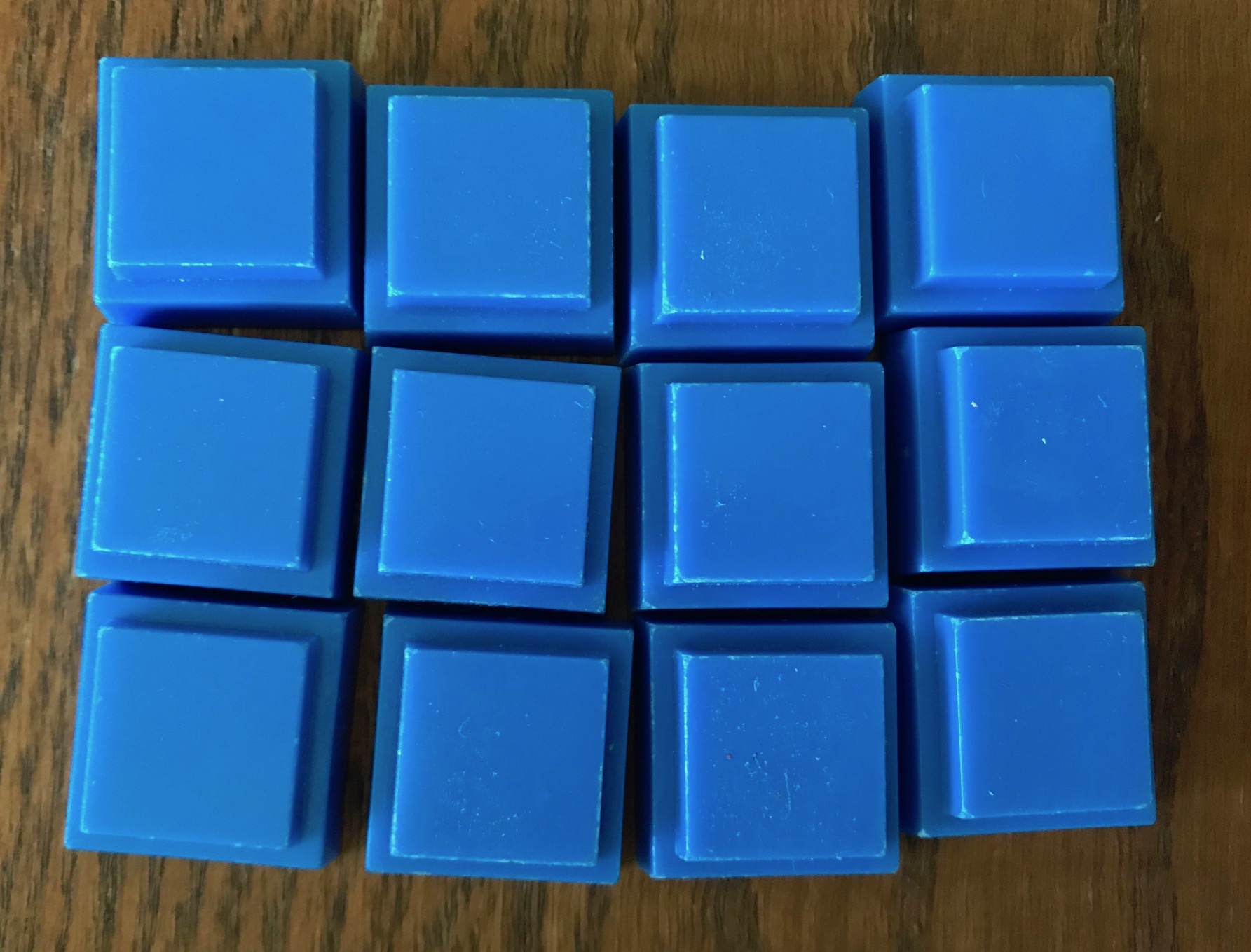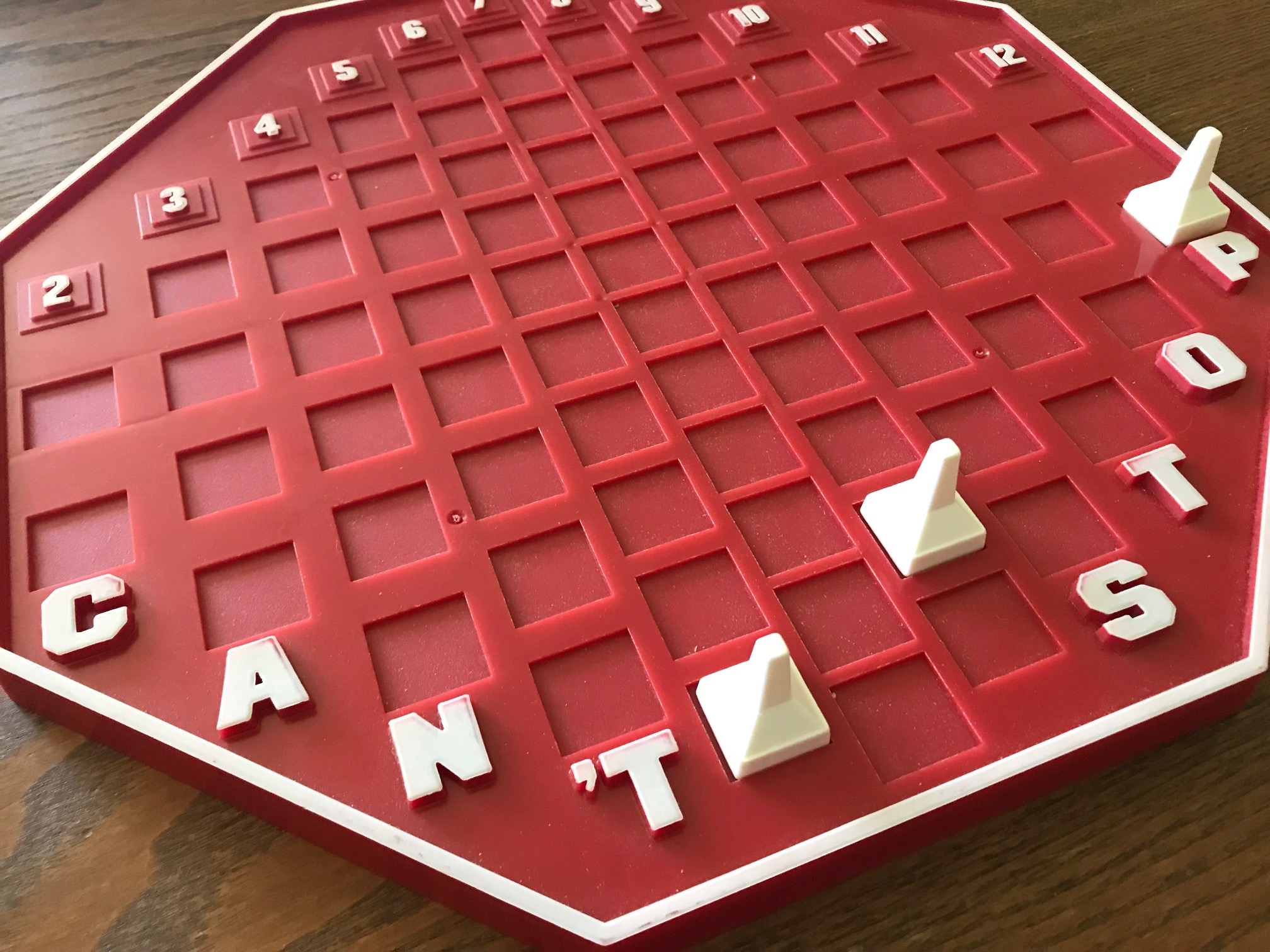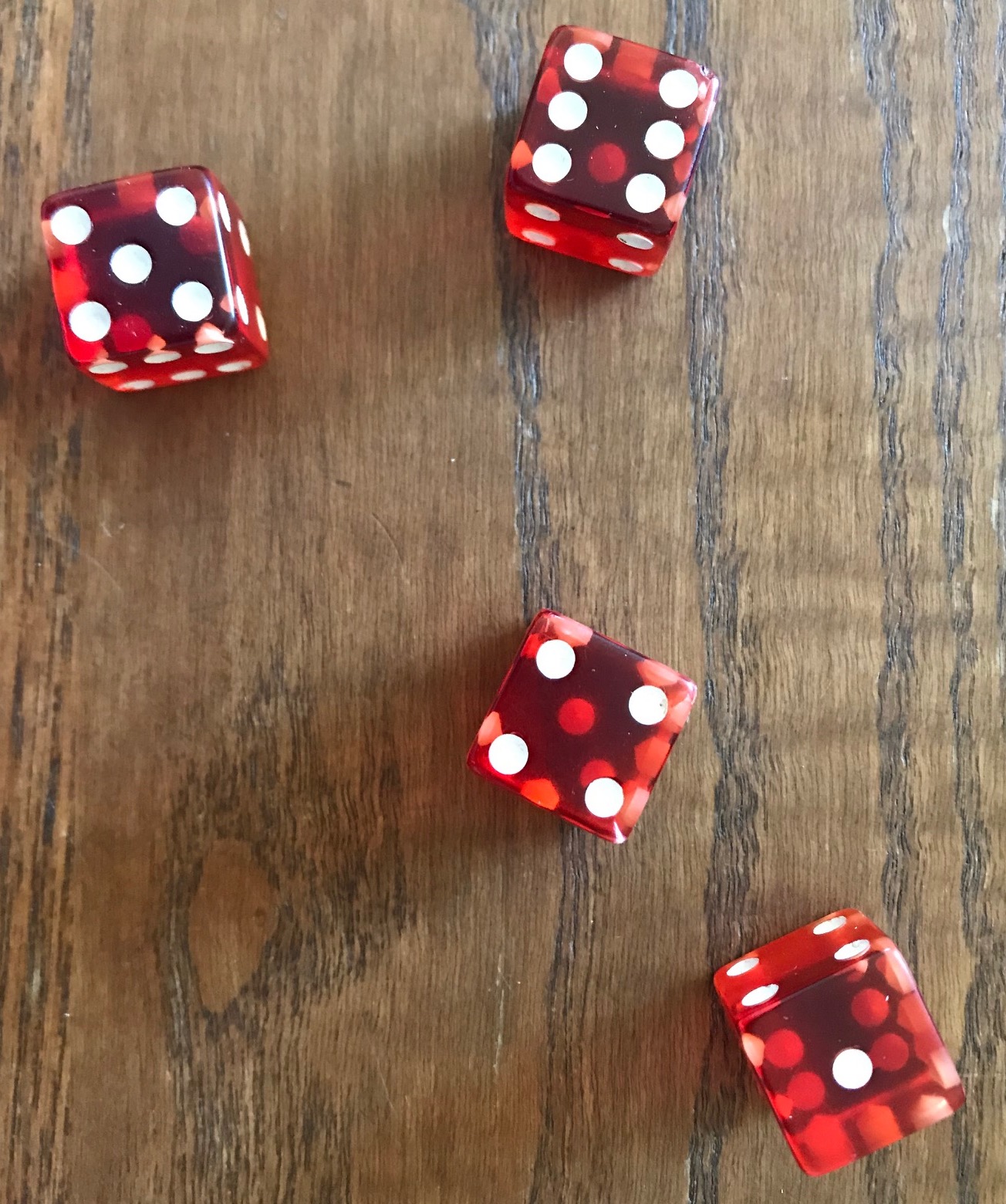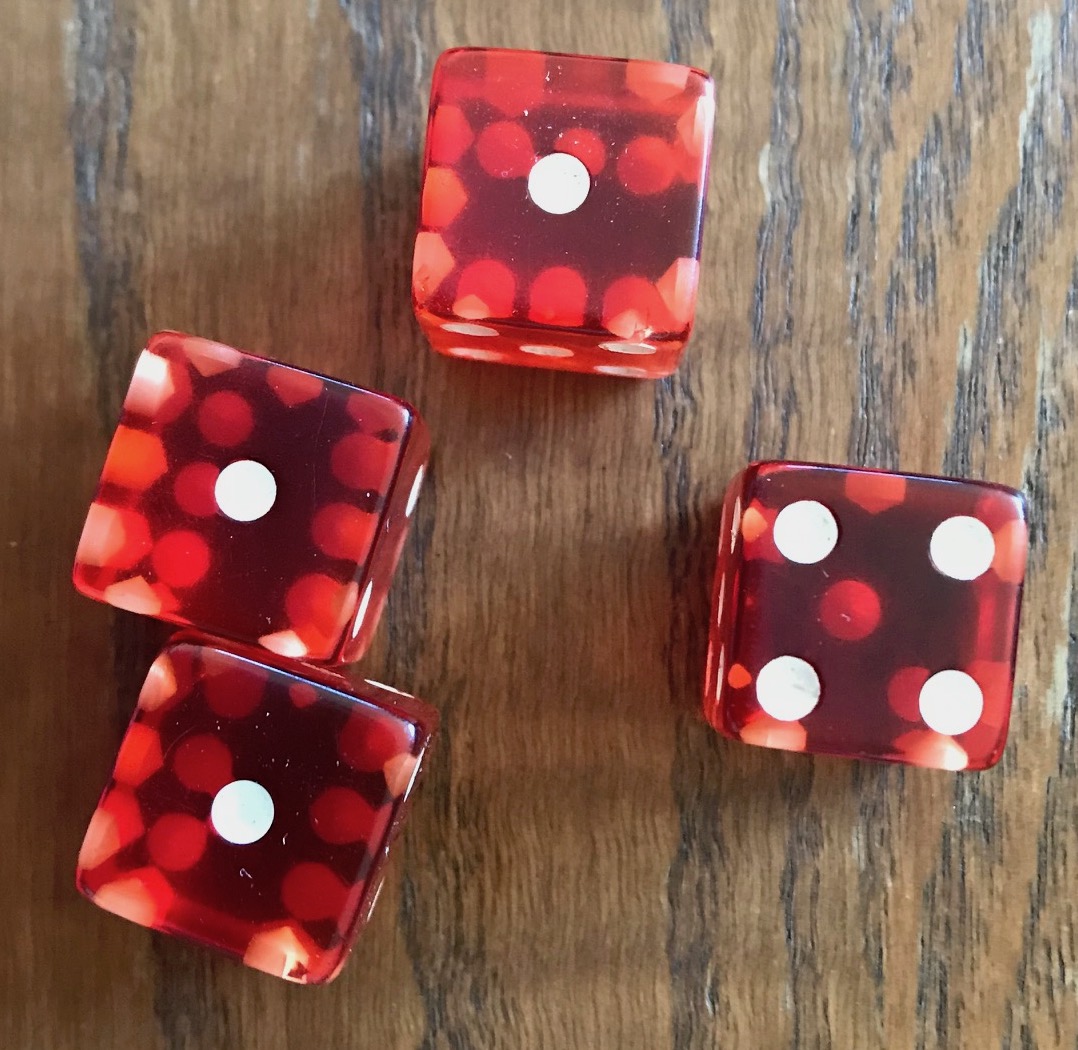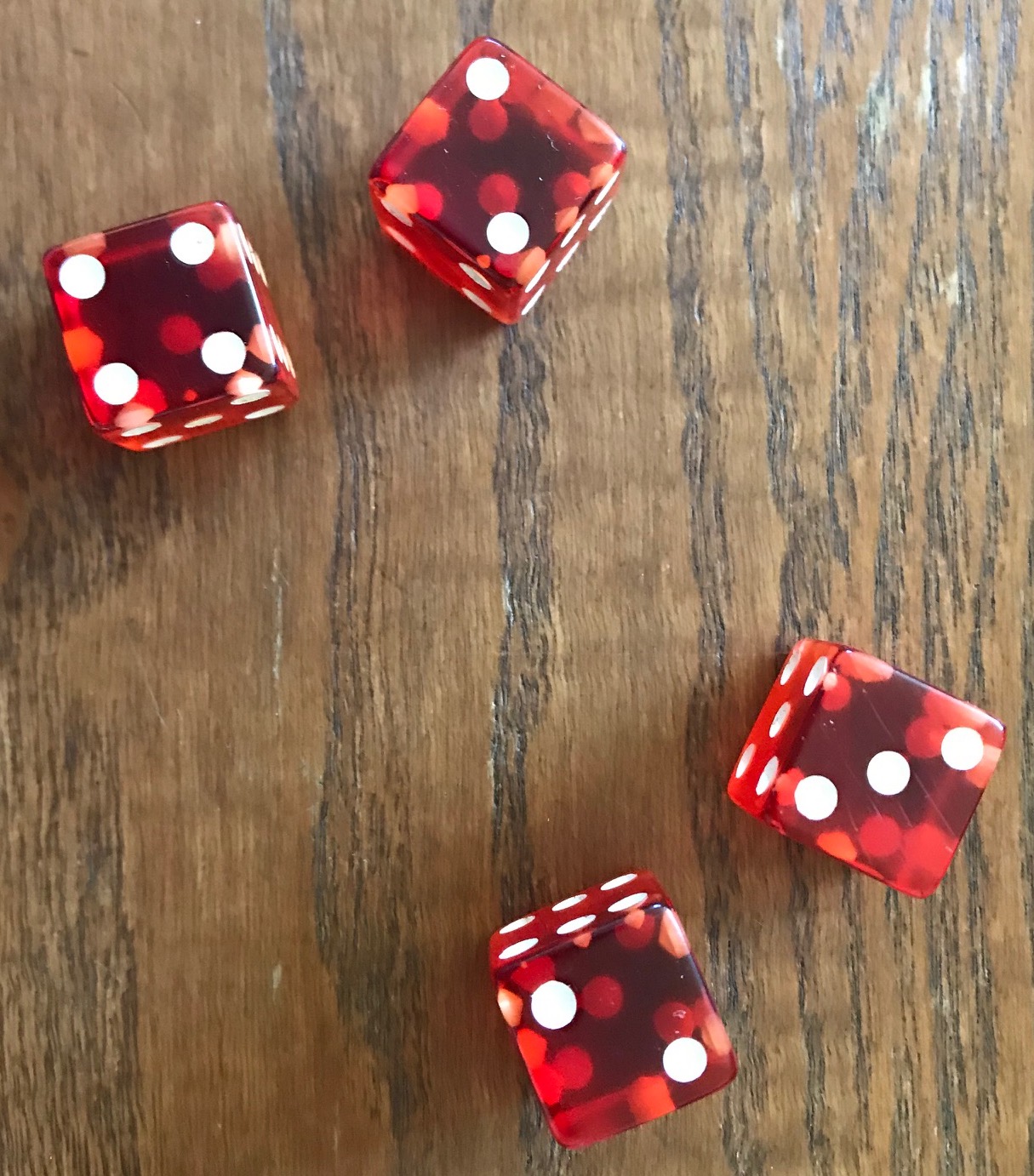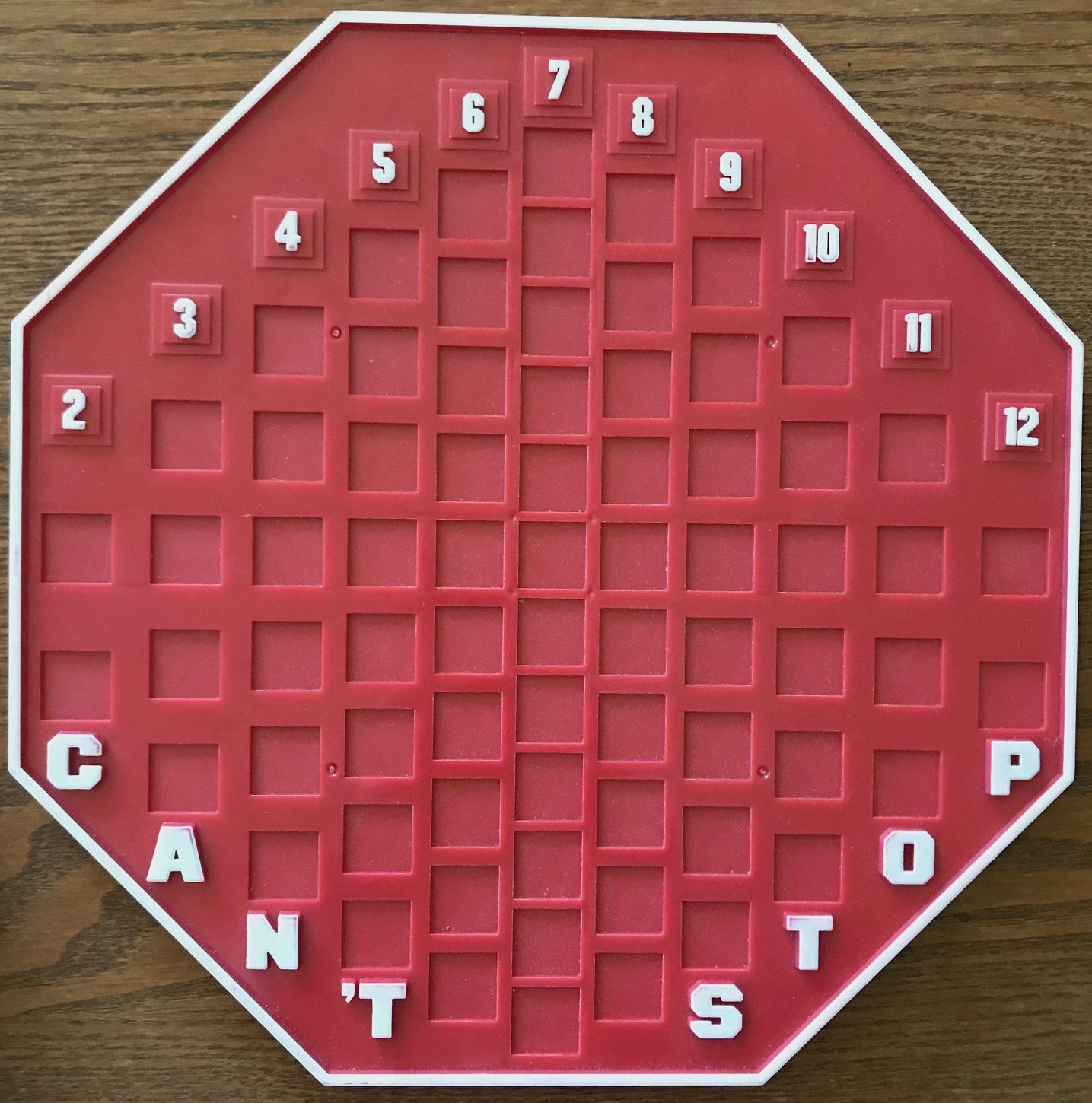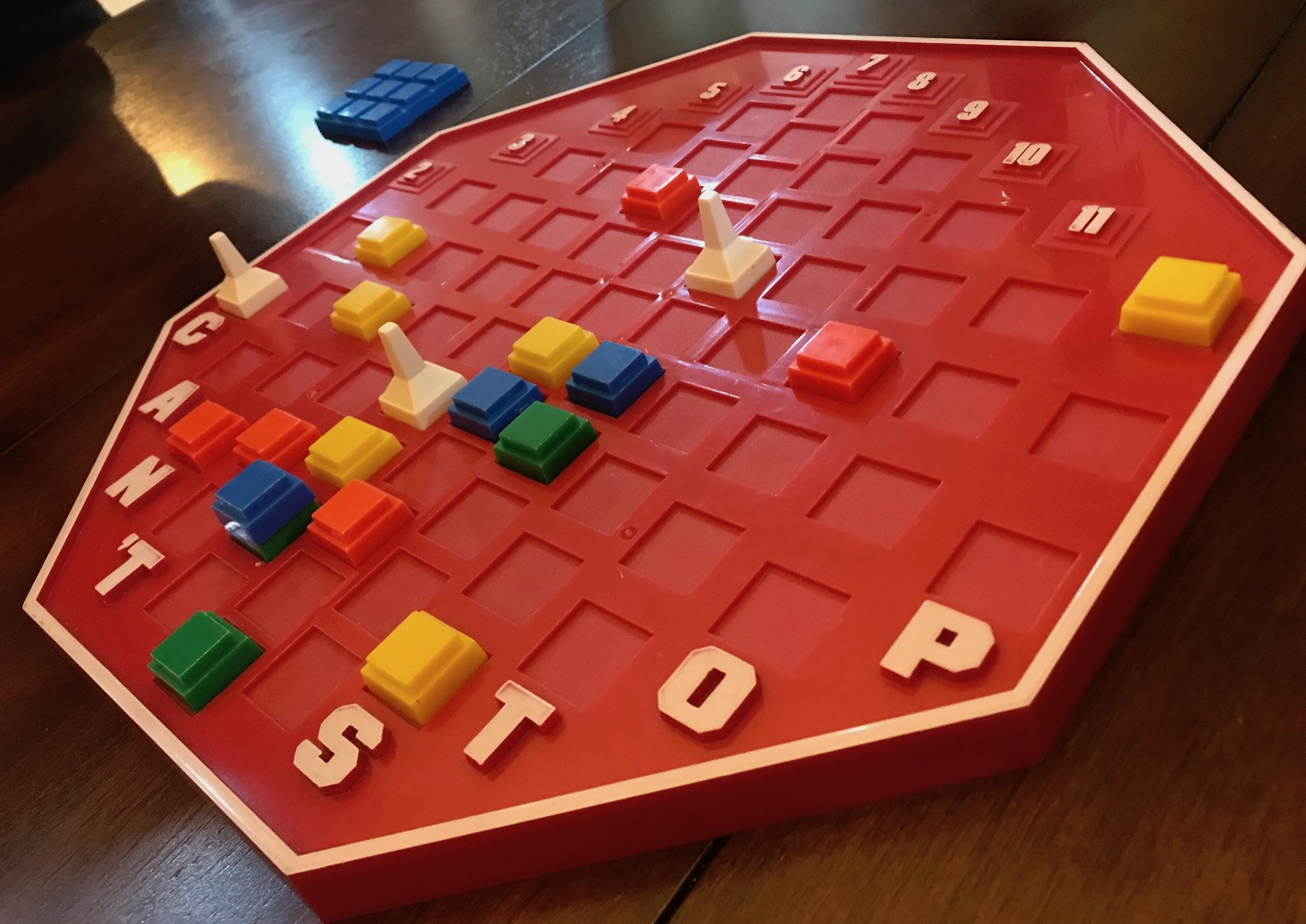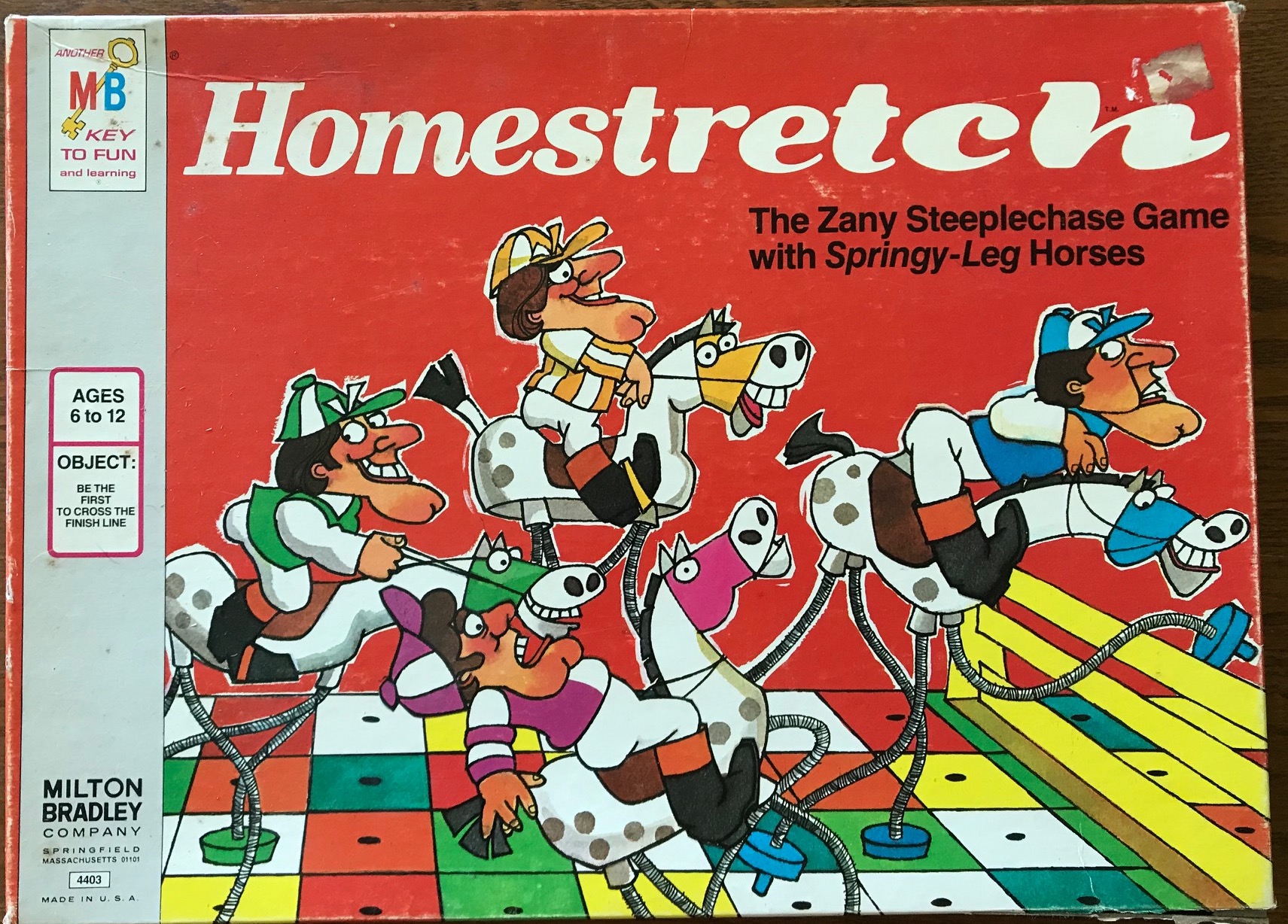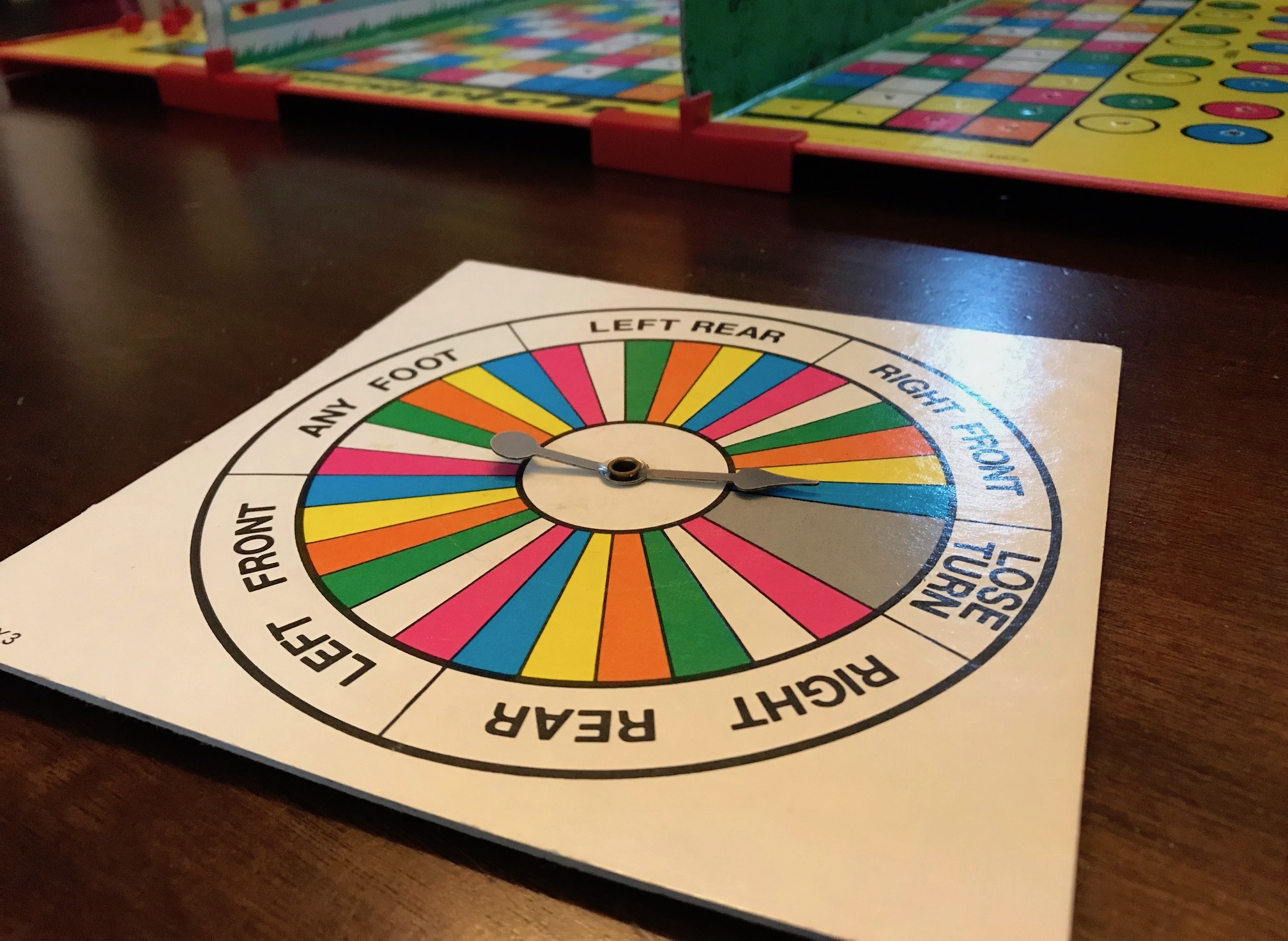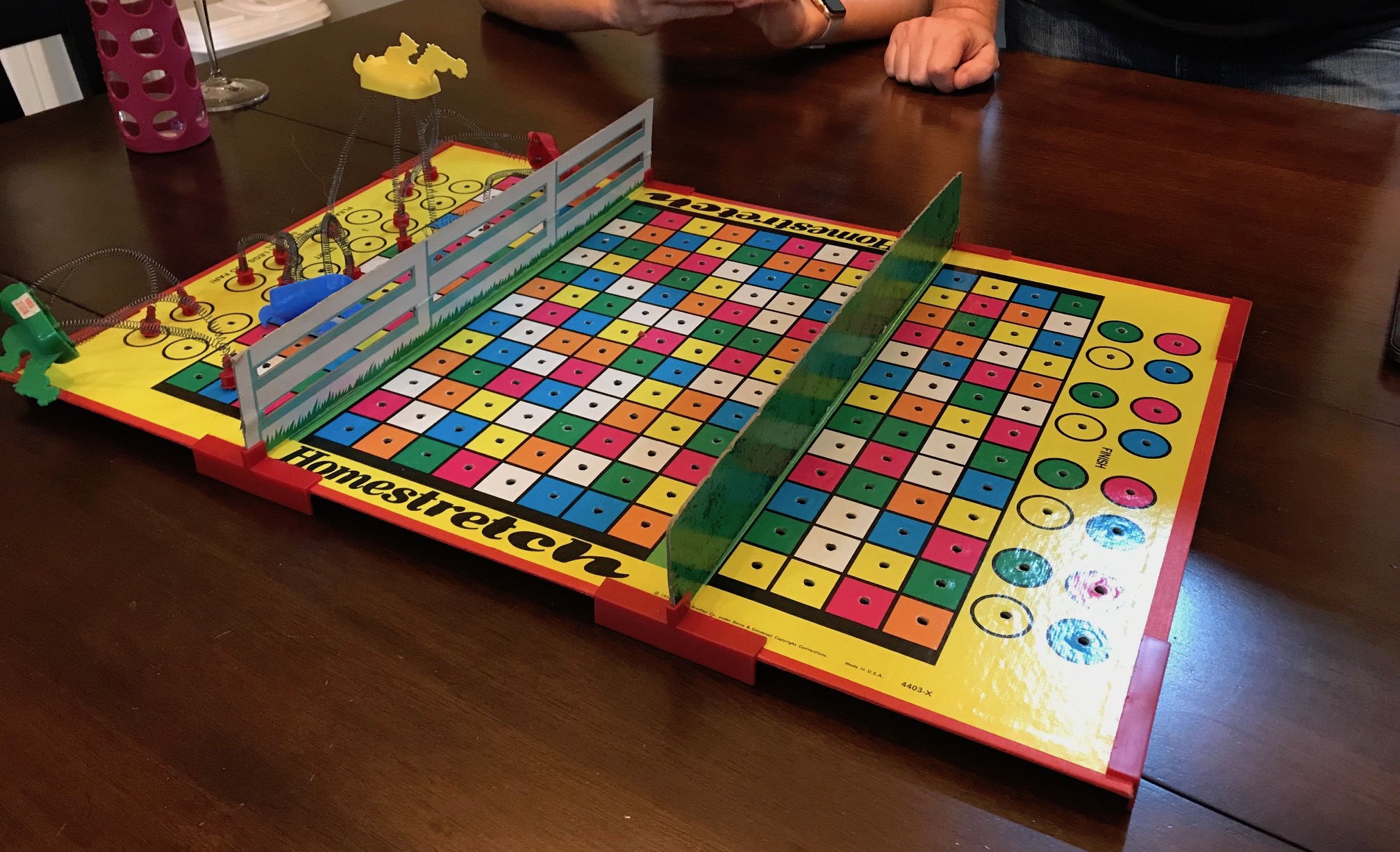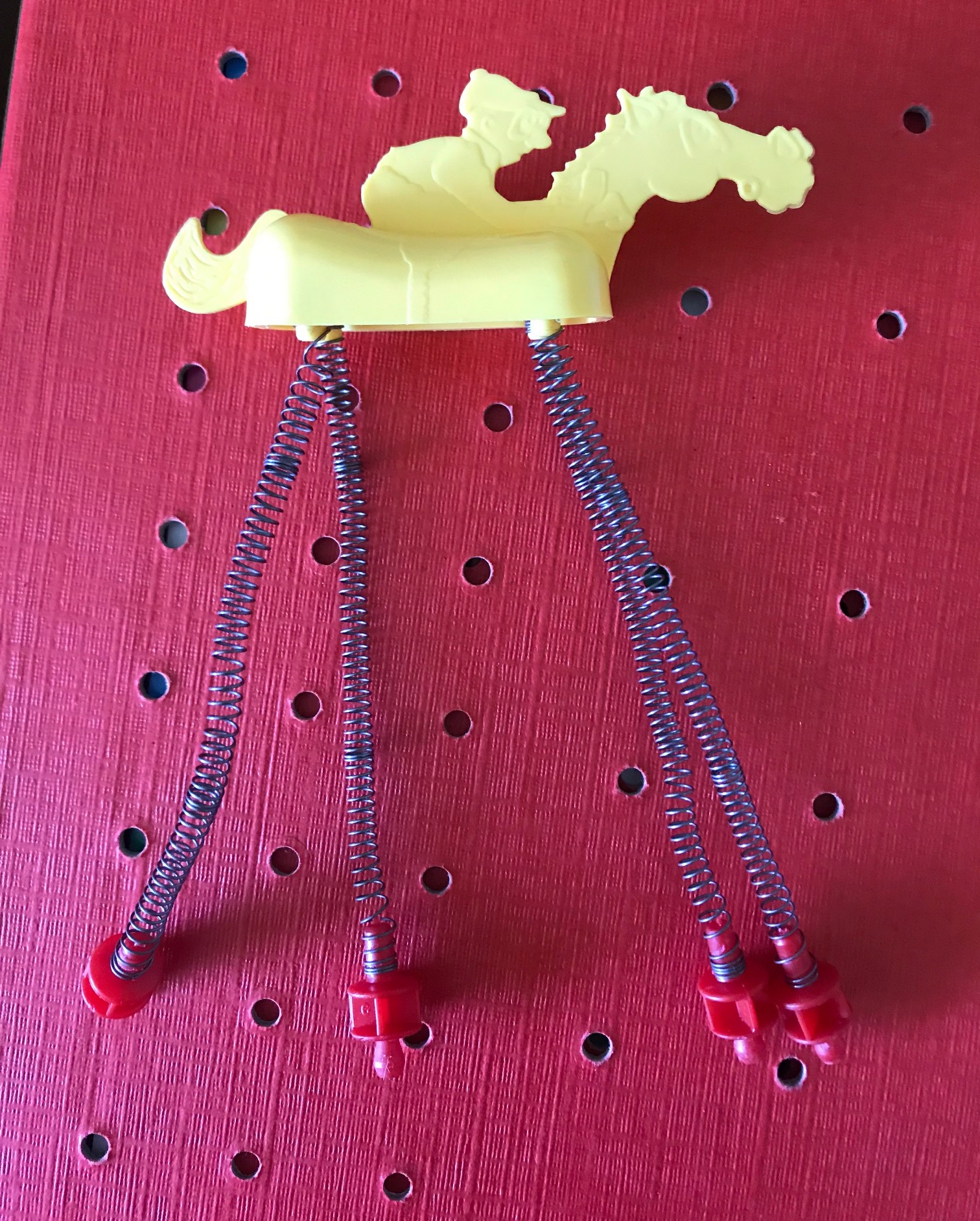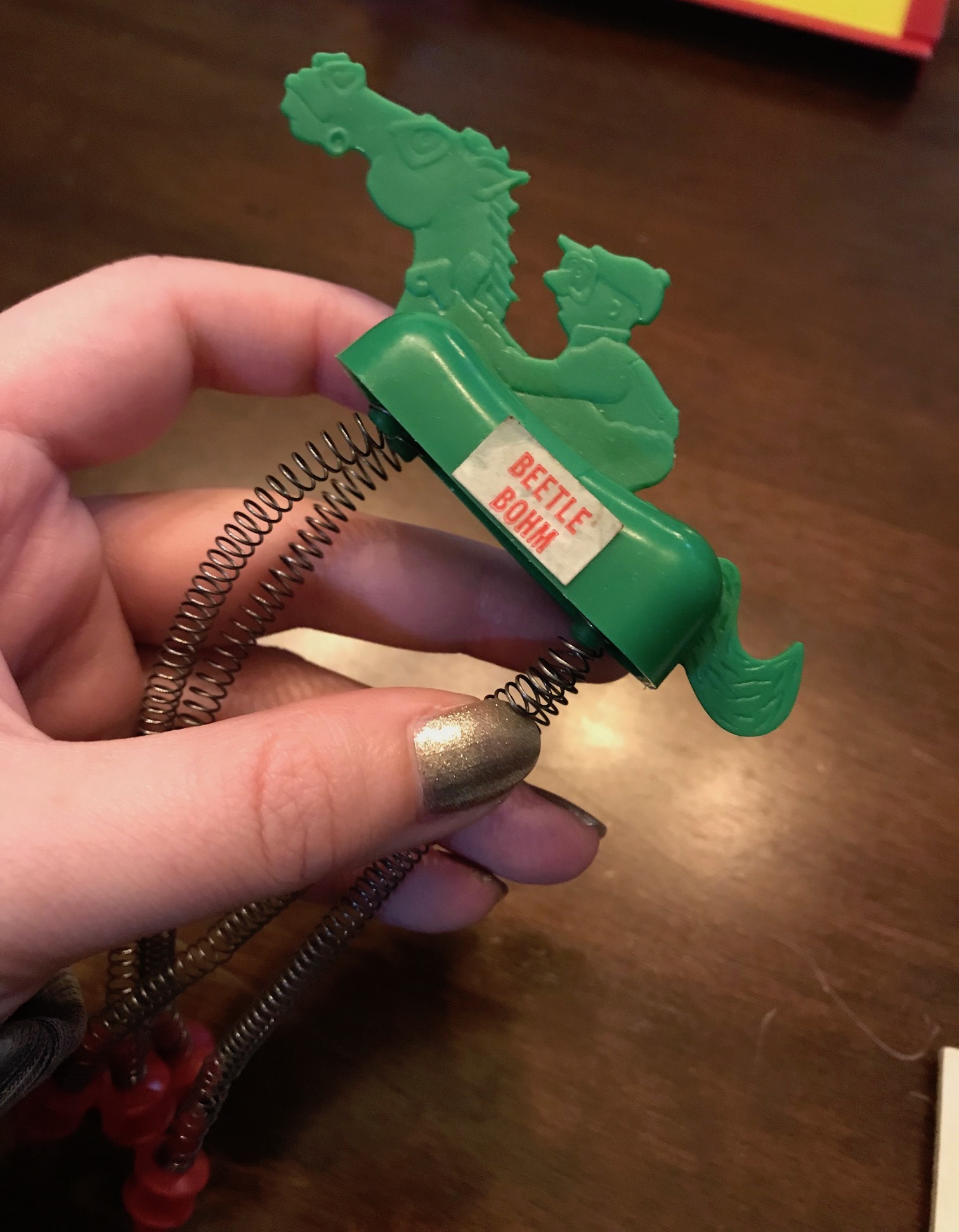happenings irl
I made a Happenings IRL post last November, and it seems like annually is about the right speed for me. So here we go!
Panic Mode!
Yes, again. Still.
My card game Panic Mode! arrived on my door step in March, and that was rather exciting. It is hard to describe the feeling of seeing it. I almost felt overcome with apathy, or I felt an emptiness where I expected to feel relief and joy. I think it had to do with the fact that having the game “done” and on my doorstep means the ball is 100% in my court, and the marketing part is the part I don’t love.
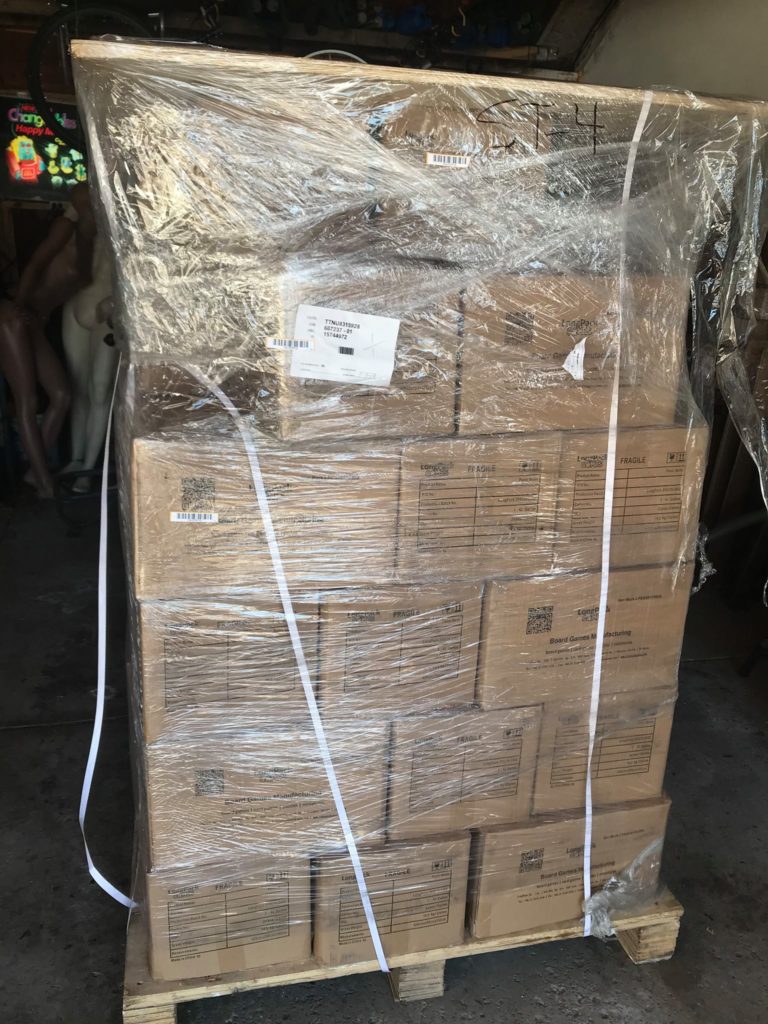
But boy is my game pretty. But more than that, Panic Mode! forced me to stretch the edges of my comfort zone in 2019. Here are a couple of things that happened:
i was on a podcast!
Yes, and a good one too! I was invited to appear on the Indie Board Game Designers Podcast after the creator, Patrick Rauland, received an unsolicited copy of Panic Mode! in the mail from my biggest cheerleaders, who happen to also be mutual friends, Keri and John. John signed me up to appear before he told me, because he knows me and knows that my guilt reflex is likely stronger than my don’t-look-at-or-listen-to-me reflex.
Anyway, I was just very happy I did not vom during my appearance. But I think it went okay. And I met Patrick Rauland, who is lovely. I listen to his podcast pretty regularly now, and I love how it allows people from all sorts of backgrounds tell their personal stories related to game design. Patrick captures voices in game design that no one else does. Which is amazing.
i went to a convention!
I recently attended DreamHack Atlanta in the Indie Tabletop Spotlight area to demonstrate and sell copies of Panic Mode! Someone reached out to me a few months ago and suggested that I apply to attend, and it was such an amazing opportunity. DreamHack has pretty big attendance, and the attendees might be attracted to my branding (I mean, a tower computer on fire?). So I applied and got accepted and I went!
This forced me to get my shit together in a lot of important ways. I needed to be prepared to take payments, I needed to decide how many games I could sell, I needed to make a banner, I needed business cards, I needed to think of any other fun things to attract people to my booth, I needed to order blank cards so people could make their own Panic Mode! cards, etc etc etc.
Ultimately Bill and I decided to drive to Georgia from Wisconsin so that we had more freedom generally. When to arrive, when to leave, how many games to bring, etc. The weather cooperated and everything was fine.
DreamHack was fascinating to me. I am not very aware of esports so it was so interesting to see esports around me. Across from our booth we had Twitch streamers and even just watching the lag time was interesting, to say nothing of their content. We could see part of the screen where speed runs of old games took place all the time, and that was amazing. To go to the bathroom we walked past the Bring Your Own Computer area. And everything I mention here was a teeny tiny fraction of the event. DreamHack was awesome.
But there was one thing that I was in my element on, and that was tabletop games. I was so crazy impressed by the caliber of tabletop games at the event! I bought just about everything available. Here is what they had:
- Danger the Game
- Gladius
- Oathen
- Sing for your Supper
- Thrive
- The World of Enoch
- Moonrakers
- Panic Mode! (omg that’s me!)
- Zer0 Inbox
- Hermetica
- Dual Clash Poker (really this was people representing Oink Games selling their games, so I got to learn about Deep Sea Adventure, A Fake Artist Goes to New York, etc)
It was really fun to explain my game in a short pitch to people all day long. I sold a number of games. And there are sometimes people that read my cards and walk away, shaking their heads. I consider those victories too.

A lot of times I describe Panic Mode! as a niche game. I do this because usually the audience I am speaking to is gamers, and Panic Mode! is not necessarily for them. But one thing DreamHack taught me is that Panic Mode! is not a niche game at all. It’s just a game. Educational, simulation, real-time, cooperative, card, etc. But not niche.
I get very inspired by people getting a kick out the concept of my game and laughing at my snarky humor. This experience really inspired me to work harder at selling Panic Mode! and at working on an expansion. And to stop waiting for things to fall in my lap. That plan worked in 2019, but I can do better. 🙂
work was busy!
I have a day job, and 2019 was inordinately busy for me. I only mention this because it felt like the year went quickly and I spent less time on my personal goals than I typically do.
i wanted to write!
Last IRL post I talked about wanting to return to my novel. And I did that, a little bit. I went in a few different directions.
I did make some progress on my novel. I also read a novel that was eerily like the novel I had started and tangled with the feelings that brought out in me. I ultimately decided that I would keep going because it felt different enough. But I remain unsettled.
Another exciting thing that happened this year is that my friend Erik released a story on Amazon. The story is called Cuervo and it’s creepy and atmospheric and fantastic. I definitely encourage anyone interested in the slow build type of creepy writing to check it out.
But the point is that I was so jealous. I have known Erik for a long time and we have shared our writing back and forth for many years. And he self-published. This changed everything for me. Erik is pulled in a lot of different directions and his best intentions always included publishing, and he did it. I am so proud of him, and I settled into the inevitable self-examination that his accomplishment brought out in me.
I ended up picking up a lot of my shorter pieces and revisiting the idea of a collection that I could get “out there” to be done with it. I improved on a couple of those. But I still feel – a fucking year later – the pull of my blob. And I think it’s where I should focus. So that remains my plan. I can juggle that with Panic Mode! expansions, probably. I have gotten some cool stuff done on top of my day job, but I still waste so much time. I am really good at prioritizing, and I can make self-publishing happen.
2019 catch up
Bill finished a section of our basement that now houses many of our cool sci-fi collectibles. We started playing Gloomhaven. My dog Gracelynn lost one eye on Valentine’s Day. 1,010 copies of Panic Mode! arrived on my door step. I started to sometimes use Twitter as @idleremorse. I even follow a person or two on there that I am pretty sure are just me, in different places, which is very comforting to me. Keri turned 39. I was on a podcast. John turned 40. Bill turned 40. I turned 40. We finished Betrayal Legacy. I had my first guest review which was Spy Alley by HappiMess Media’s Stef (she killed it, of course). Bill reorganized our game collection, Jenga style. I went to my first convention as a game designer. Our first Gloomhaven characters retired. Gracelynn went fully blind but gets around like a champ. We played Gloomhaven. We played more Gloomhaven. We continued playing Gloomhaven.

stay tuned
I do this blog for fun, so I sometimes take breaks. Sometimes I can not foresee these breaks (although based on blog evidence they are around March and October each year). So if you see me disappear for a few weeks or so, probably I just am prioritizing something else. But if you ever worry, please do reach out. And if you ever want to guest post, I adore you already.
We have a lot of recently played games just waiting for their reviews. What did we love? What surprised us? What gameplay was just as anyone could have expected? What sought-after games are we excited to ditch? We still have to review Polly Pockets, Shrieks and Creaks, Which Witch?, California Dreams, Clarissa Explains It All, Harassment, Crackers in My Bed, The Black Hole: Voyage of Fear Game, and a bunch of others! Please stay tuned for our continued ramblings on these and more.
Mwah.
